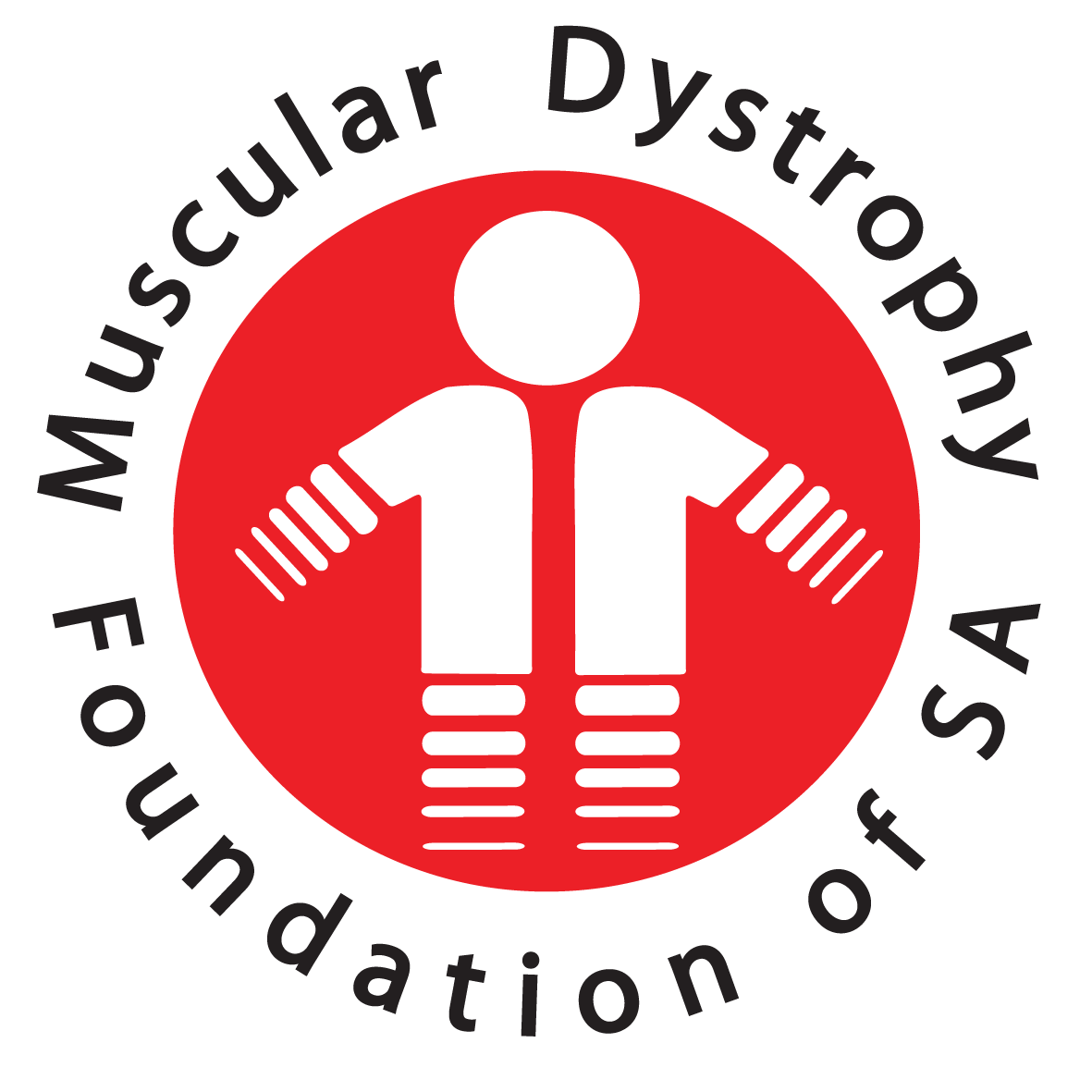Facioscapulohumeral Muscular Dystrophy (FSHD)
Respiratory care
- Immunisations should be kept up-to-date, including the flu and pneumococcal vaccines.
- If breathing function is impaired and if supplemental oxygen is required during a respiratory crisis it must be carefully controlled (aim for SpO2 target range of 88-92%) and carbon dioxide levels monitored. Non-invasive ventilation (NIV) may be required.
- Assisted coughing with chest physiotherapy and breath-stacking techniques with an AMBU bag help to clear lower airways secretions during acute chest infections, or prophylactically when respiratory function is compromised. This can also be facilitated by a cough assist device.
When dysphagia occurs in FSHD, patients are at risk of aspiration pneumonia.
Fractures and falls
- Consider checking vitamin D levels and bone mineral density, especially following a fall or fracture.
- If ambulant, internal fixation is preferable to casting as it helps to preserve muscle by allowing earlier mobilisation.
Anaesthetics/sedation
- Some patients can experience an increased sensitivity to sedatives, inhaled anaesthetics and neuromuscular blockade. It is essential that the anaesthetist is aware of the diagnosis of FSHD so that appropriate plans can be made for post-operative monitoring.
- Local anaesthetics and nitrous oxide are safe, e.g. for minor dental procedures.
Liver/GI
- Liver Serum creatine kinase (CK) and ‘liver’ enzymes (AST/ALT, but not gamma GT) may be mildly raised owing to the muscle involvement. The clinical setting dictates whether further investigation of the apparent liver dysfunction is indicated.
Other possible manifestations
- Conjunctivitis and ulceration of the cornea can occur owing to limited blinking and inability to properly close the eyes, also when sleeping. The patients should consider using artificial tears and protect their eyes during sleep.
- Retinal vasculopathy, usually asymptomatic, may affect FSHD patients.
- High-frequency sensorineural hearing loss is common, not usually symptomatic.
Reprinted with permission of Muscular Dystrophy UK. Reviewed by Dr J Wilmshurst, Head of Paediatric Neurology, Red Cross War Memorial Children’s Hospital

